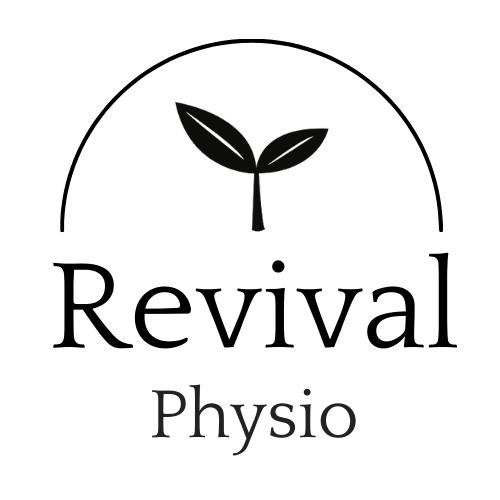Back Pain: How Physiotherapy Provides Effective Relief
Causes of Back Pain:
Muscle or Ligament Strain: Overuse, improper lifting techniques, or sudden movements can strain the muscles or ligaments in the back, leading to pain.
Poor Posture: Prolonged periods of sitting or standing with poor posture can contribute to back pain. This is common for individuals who work at desks or have sedentary lifestyles.
Herniated Disc: The discs in the spine act as cushions between vertebrae. A herniated or bulging disc occurs when the soft center of a disc pushes through a crack in the outer layer, potentially irritating nearby nerves and causing pain.
Degenerative Disc Disease: Aging can lead to the natural wear and tear of the discs between the vertebrae, resulting in degenerative disc disease and associated back pain.
Spinal Stenosis: This condition involves the narrowing of the spinal canal, putting pressure on the spinal cord and nerves, which can cause back pain.
Osteoarthritis: The breakdown of cartilage in the joints of the spine due to aging can lead to osteoarthritis, causing pain and stiffness.
Scoliosis: Abnormal curvature of the spine, known as scoliosis, can cause back pain in some cases.
Compression Fractures: Weakening of the bones in the spine, often due to osteoporosis, can lead to compression fractures, resulting in back pain.
Muscle Spasms: Sudden, involuntary contractions of muscles in the back can cause pain and discomfort.
Ankylosing Spondylitis: This is a type of inflammatory arthritis that primarily affects the spine, causing stiffness and pain.
Psychological Factors: Stress, anxiety, and depression can contribute to or exacerbate back pain.
Ways Physiotherapy Can Help:
Assessment and Diagnosis: Physiotherapists begin by conducting a thorough assessment to identify the underlying cause of back pain. This may involve reviewing the patient's medical history, conducting physical examinations, and assessing posture and movement patterns.
Pain Management: Physiotherapists can use various techniques to manage pain, including manual therapies such as massage and joint mobilization.
Exercise Prescription: Tailored exercise programs are designed to strengthen the muscles that support the spine, improve flexibility, and correct postural imbalances. These exercises can enhance core stability and promote proper body mechanics, reducing the risk of recurrent back pain.
Manual Therapy: Hands-on techniques such as spinal manipulation and mobilization can be used to improve joint mobility and reduce muscle tension. If there is a disc component to the back pain, McKenzie lumbar spine treatment methods may be used to help mechanically push the disc material off of any irritated nerves in the back (e.g. sciatic nerve). These interventions can contribute to pain relief and enhance the effectiveness of exercise programs.
Posture Education: Physiotherapists educate patients about maintaining proper posture during daily activities. This awareness helps prevent excessive strain on the spine and surrounding structures, reducing the likelihood of recurrent back pain.
Ergonomic Advice: Recommendations for ergonomic modifications at work or home may be provided to ensure that the patient's environment supports a healthy spine. This includes advice on desk and chair setup, lifting techniques, and other daily activities.
Patient Education: Physiotherapists empower patients with knowledge about their condition, teaching them about the importance of self-management strategies, lifestyle modifications, and injury prevention techniques.
Progressive Rehabilitation: As the patient progresses, we adjust the treatment plan accordingly. This may involve advancing exercises, introducing new techniques, and monitoring improvements in function and pain levels.
Acupuncture and Dry needling: Physiotherapists may use acupuncture and dry needling alleviate pain, reduce inflammation, and promote tissue healing.
Cupping: to release myofascial tension in the low back and improve movement and decrease pain


